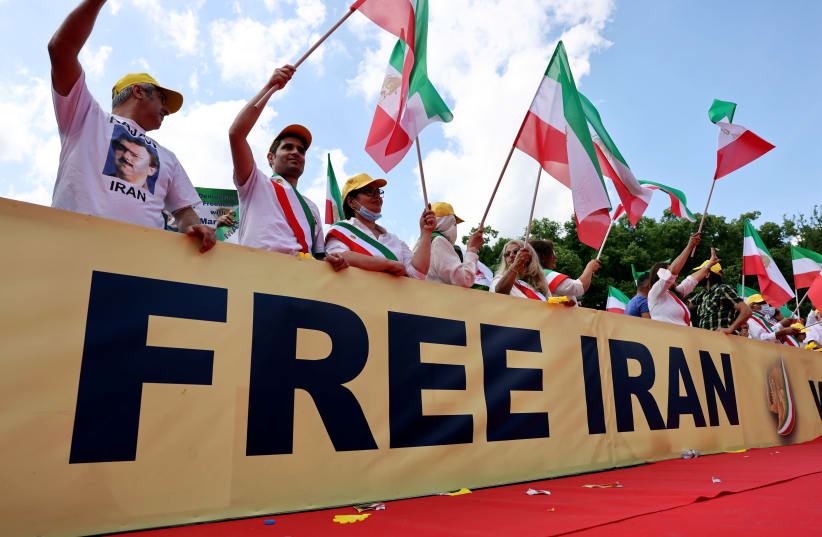Iran’s regime has finally admitted that there are protests around the country.
Videos have been published online in recent weeks showing protests, but many of them are difficult to verify, and the regime has meanwhile been silent about them hoping they will go away.
The Islamic Republic is suffering economic problems related to global supply chains and other issues. Its infrastructure is also failing.
One example that angered Iranians was the collapse of a building in Abadan that killed dozens, which Iran sought to downplay. In fact, the regime claimed that only a few were killed, but protesters knew that many people had died, and immediately began demonstrating in the island city off the country’s southwest coast.
Over the weekend, Iranian Supreme Leader Ali Khamenei finally began to admit something was wrong. He said “enemies” were fueling the protests, but that is because Tehran’s regime has only one playbook: blame others. The leadership now complains of “psychological warfare” against Iran.
“Today, the enemies’ most important hope for striking a blow at the country is based on popular protests.”
Supreme Leader Ali Hosseini Khameini
“Today, the enemies’ most important hope for striking a blow at the country is based on popular protests,” Khamenei said.
Iranian media continue to admit that there is a problem. Although it does not openly admit the issues involved, Iran’s Tasnim News Agency blamed Saudi Arabia on Sunday for negative coverage of Iran, which indicates the regime is worried.
Iranian “dissident media started pumping negative news and playing with people’s minds, and acted in such a way as to inform that Abadan was left alone between the [building collapse] – and city officials left grieving people alone,” Tasnim said. “There has been a delay in removing debris from the metropolis – or have the facilities equipped in this city not been transferred?”
Foreign reporting of unrest
A Saudi-based media network said Iran was in a “catastrophic and miserable situation,” Tasnim reported, adding that they were “baseless claims.” Iranian Interior Minister Ahmad Vahidi has also tried to downplay failures.
Clearly, Tehran’s concerns over what it claims are negative reports from Riyadh show how concerned the regime is that it has let people down in Abadan and other places.

